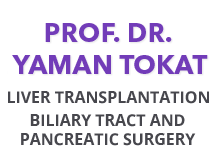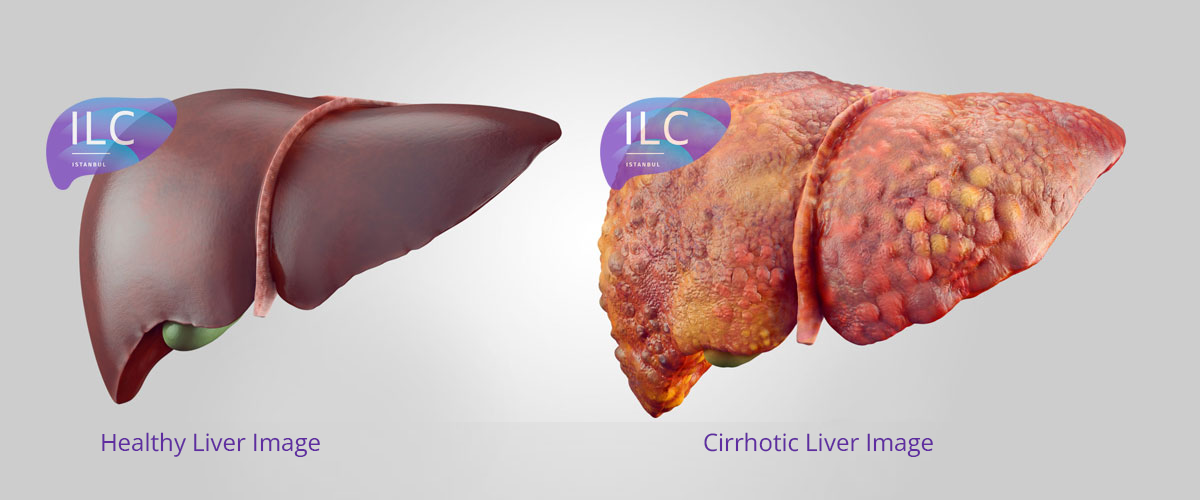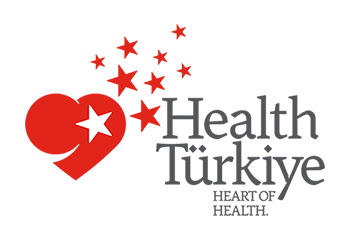Liver Cirrhosis
Cirrhosis is the irreversible scarring of the liver, which can be potentially life-threatening. In advanced stages, 80–90% of the liver may become damaged and replaced by scar (dead) tissue. Cirrhosis develops over many years due to liver injury caused by alcohol use, viral infections (Hepatitis B, C), toxic substances (such as medications, excess copper or iron in the liver), or blockage of the biliary system. The liver undergoes progressive scarring that gradually replaces all normal liver cells.
In many cases, the causes mentioned above initially lead to hepatitis, which is often treatable. However, if the underlying factor is not eliminated or treated in time, cirrhosis develops, and by the time it is diagnosed, it is usually too late to alter the course of the disease.
Symptoms of Liver Cirrhosis
Initially, general symptoms such as fatigue, drowsiness, yellowing of the eyes and urine (mild jaundice), swelling in the feet, excessive itching, and anemia (low hemoglobin) appear. In more advanced stages, the patient may experience many life-threatening complications such as vomiting blood, abdominal swelling due to fluid accumulation (ascites) leading to severe infection, mental confusion and coma, severe jaundice, and kidney dysfunction.
In addition, the patient may show a tendency to bleed due to low levels of prothrombin (a liver-produced protein) and a reduced platelet count. Both are crucial for normal blood clotting.
What Should Be Done in Liver Cirrhosis
- A detailed evaluation together with a liver specialist is required to determine the stage of the disease and the most appropriate treatment plan.
- In early-stage cirrhosis, liver function tests and regular follow-ups with a hepatologist are recommended every 1–3 months, while in advanced cirrhosis, they are necessary every 1–4 weeks. The interval between follow-ups will be determined by your liver specialist based on your symptoms and the severity of the disease.
- In cases of chronic liver disease, maintaining a healthy diet is essential for optimal liver function. Contrary to common belief, except in cases of severe jaundice, digestion remains normal until the very late stages of liver disease. Therefore, the idea that all fatty foods and proteins must be completely avoided in every type of liver disease is a misconception. In many cases, this is not only unnecessary but also harmful, as it may lead to malnutrition, weight loss, and faster health deterioration.
- In cirrhosis caused by Hepatitis B, if the HBV DNA test is positive, Lamivudine therapy may be considered after consulting a hepatologist.
- In early cirrhosis caused by Hepatitis C, treatment with Interferon-alpha and Ribavirin may be beneficial under the supervision of a liver specialist.
What Should Be Avoided in Liver Cirrhosis
- In alcohol-related cirrhosis, alcohol must be strictly avoided at all costs, and in all other types of cirrhosis—especially those caused by Hepatitis C—alcohol consumption should be restricted.
- In virus-related cirrhosis, excessive physical activity should be avoided.
At the same time, complete bed rest should also be avoided, and a reasonable level of movement and daily activity should be maintained. - In advanced stages of cirrhosis, contact sports should be avoided due to poor blood clotting and a tendency to bleed.
- Because liver function is impaired and medications may have prolonged effects that can further damage the already injured liver, self-medication should be strictly avoided.






